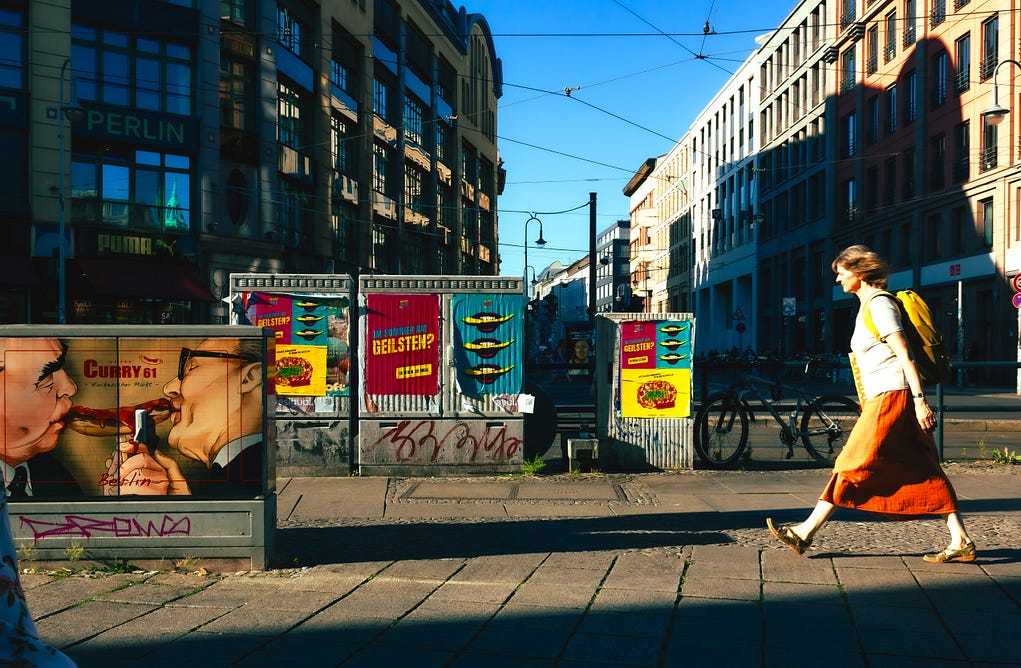All About Street Photographers
All About Street Photographers
Blog Article
Not known Details About Street Photographers
Table of ContentsAn Unbiased View of Street PhotographersThings about Street Photographers3 Simple Techniques For Street PhotographersLittle Known Facts About Street Photographers.The 9-Minute Rule for Street Photographers
Road digital photographers do not always have a social function in mind, yet they choose to isolate and record moments which may otherwise go unnoticed.He was affected by several of those that influenced the road professional photographers of the 1950s and '60s, he was not chiefly interested in capturing the spirit of the road., that functioned side by side with photographers trying to catch the significance of urban life.
Due to the fact that of the fairly primitive innovation offered to him and the long exposure time needed, he struggled to catch the hustle and bustle of the Paris roads. He try out a collection of photo approaches, attempting to discover one that would certainly allow him to capture activity without a blur, and he found some success with the calotype, patented in 1841 by William Henry Fox Talbot. While the professional photographers' topic was basically the same, the outcomes were considerably different, showing the effect of the photographer's intent on the personality of the pictures he generated.
Offered the great top quality of his photos and the breadth of material, designers and artists usually bought Atget's prints to utilize as reference for their very own job, though commercial interests were rarely his main inspiration. Instead, he was driven to picture every last remnant of the Paris he loved.
A Biased View of Street Photographers
They expose the city with his eyes. His job and basic understanding of photography as an art kind worked as inspiration to generations of digital photographers that adhered to. The future generation of street professional photographers, though they likely did not describe themselves as such, was introduced by the photojournalism of Hungarian-born digital photographer Andr Kertsz.
Unlike his peers, Brassa made use of a larger-format Voigtlnder video camera with a much longer exposure time, requiring him to be extra computed and thoughtful in his practice than he could have been if making use of a Leica.
Cartier-Bresson was a champion of the Leica camera and one of the initial professional photographers to optimize its capacities. The Leica allowed the professional photographer to engage with the surroundings and to catch minutes as they took browse around these guys place. Its reasonably little size also helped the photographer discolor right into the background, which was Cartier-Bresson's favored method.
The Main Principles Of Street Photographers
It is as a result of this basic understanding of the art of photo taking that he is often attributed with uncovering the medium around once more approximately a century since its creation. He took photos for more than a half century and influenced generations of digital photographers to trust their eye and intuition in the moment.
These are the concerns I shall try to answer: And afterwards I'll leave you with my own definition of road photography. Yes, we do. Allow's begin with defining what an interpretation is: According to (Street Photographers) it is: "The act of defining, or of making something certain, distinct, or clear"
No, absolutely not. The term is both restricting and misinforming. Seems like a street digital photography should be photos of a roads ideal?! And all road digital photographers, besides a handful of outright beginners, will completely value that a road is not the essential part to road digital photography, and actually if it's an image of a road with maybe a few boring people doing absolutely nothing of interest, that's not street digital photography that's a picture of a road.
The 10-Second Trick For Street Photographers
He makes a valid point do not you believe? While I concur with him I'm not certain "honest public digital photography" will certainly capture on (although I do kind of like the term "candid digital photography") because "street photography" has actually been around for a long time, with several masters' names affixed why not check here to it, so I believe the term is below to remain (Street Photographers).
You can fire at the coastline, at a festival, in an alley, in a park, in a piazza, in a coffee shop, at a museum or art gallery, in a metro terminal, visit the site at an occasion, on a bridge, under a bridge ...
Yes, I'm afraid we have no choice! Without policies we can not have an interpretation, and without an interpretation we don't have a category, and without a category we do not have anything to specify what we do, and so we are stuck in a "policies definition genre" loop!
Not known Facts About Street Photographers

Report this page